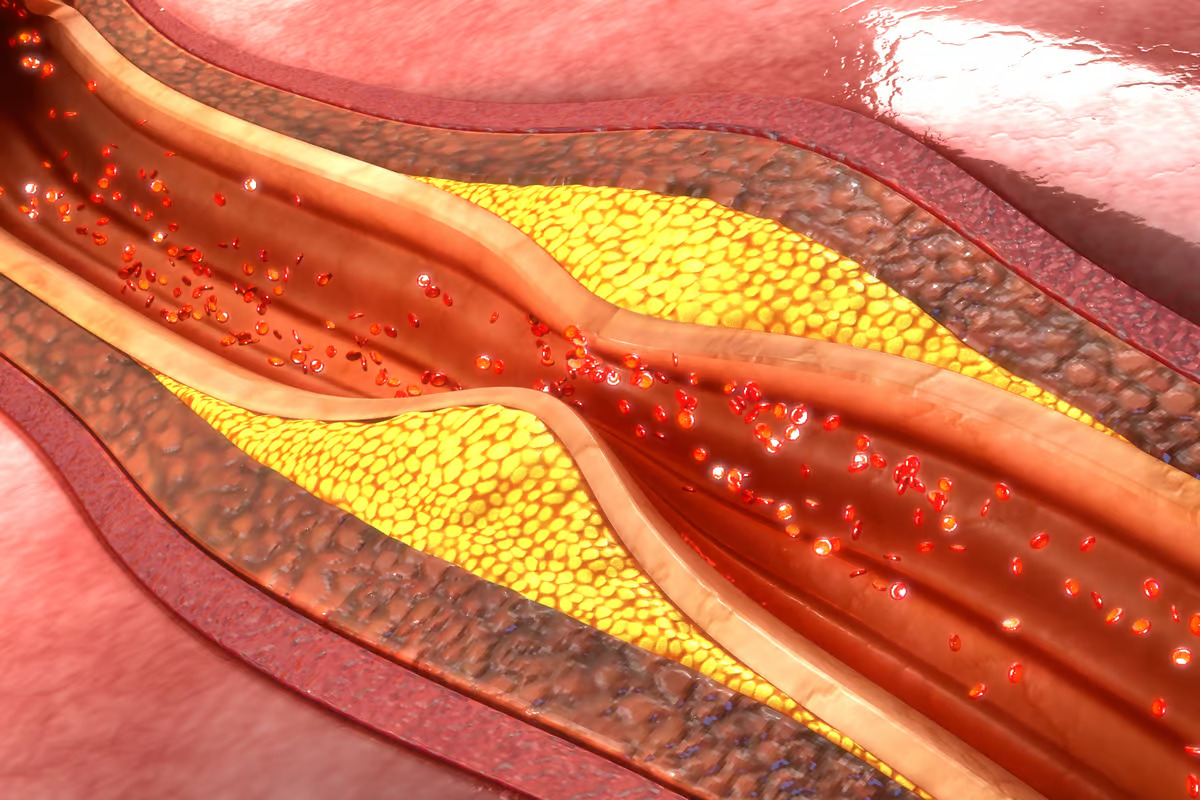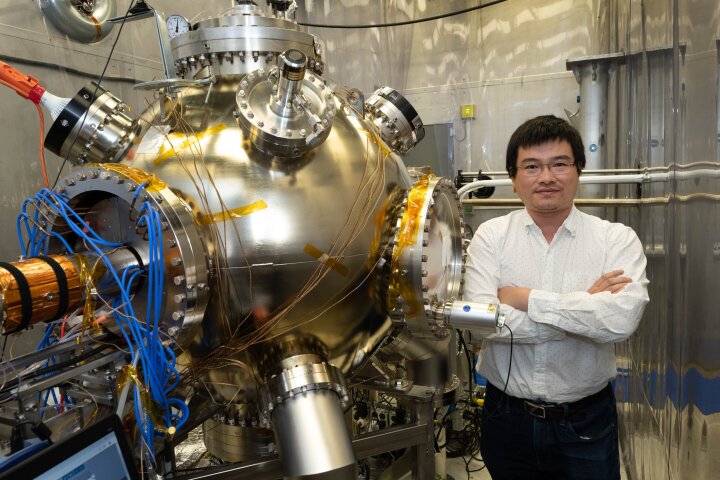 Infusions of nanoparticles that selectively target certain immune cells show promise in animal tests for clearing out arterial plaques. Depositphotos –
Infusions of nanoparticles that selectively target certain immune cells show promise in animal tests for clearing out arterial plaques. Depositphotos –
Fats, cholesterol and other substances in blood can build up over time as plaques on arterial walls. This can cause direct blockages, or trigger an inflammatory response known as atherosclerosis. Both scenarios can cause heart attacks and strokes, but the latter is in some ways more insidious because there are few warning signs in advance.
“That’s the scarier one that leads to most heart attacks,” said Bryan Smith, co-lead author of the study. “Because such plaques don’t necessarily block much of the artery, and because the effects of the rupture can very suddenly completely block blood flow, such a heart attack can seem to appear as if from nowhere.”
Part of the problem of atherosclerosis is that dead cells in the vascular tissue aren’t properly cleared away by immune cells, creating lesions in the arteries. These cells are producing a molecule called CD47, which presents a “don’t eat me” signal to immune cells. Previous studies have shown that blocking CD47 allows immune cells to clear out dead cells once again – but unfortunately, they also tend to attack red blood cells in the process, leading to anemia as a side effect.
For the new study, the team used CD47-blocking nanoparticles that are more targeted towards monocytes and macrophages, two types of immune cell that are associated with inflammation in plaques. And sure enough, in tests in pigs the therapy reduced atherosclerosis as effectively as previous drugs, without any damage to blood cells.
“Using PET [positron emission tomography] scans, we were able to measure the effects of the therapy on pig arteries,” said Smith. “We showed in animal models such as pigs that we can decrease the levels of inflammation in the plaque based not only on this clinically used PET imaging technique but also by molecular assays. Just as importantly, we saw none of the side effects that would have been anticipated had the therapy not been precisely targeted.”
Importantly, the pig tests show that the nanoparticles can be produced at large enough scales that they would work in our own bodies. This study shows that the technique is promising enough to move to human trials.
The research was published in the journal Nature Communications.
Source: Michigan State University
–
Tags























